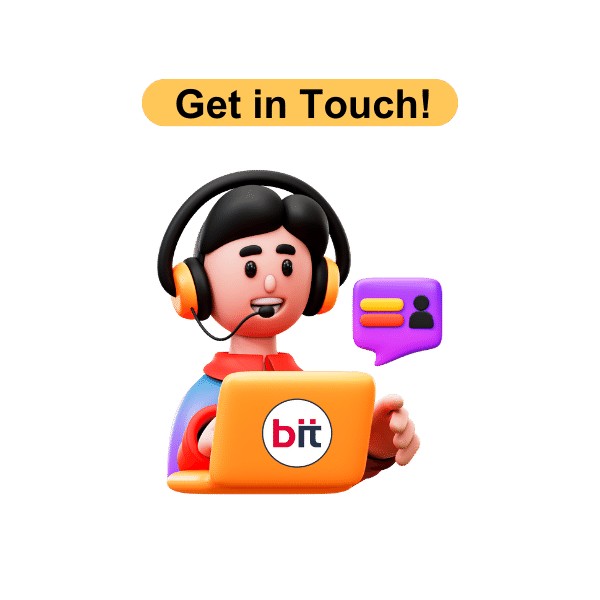The future scope and demand for Graphic Design & Multimedia courses are highly promising due to the rapid growth of digital media and the increasing importance of visual content. The global Graphic Design Market valued at USD 57.5 billion in 2023, is expected to reach USD 78.25 billion by 2030, growing at a CAGR of 4.5%. These courses provide comprehensive skills in graphic design, animation, video production, and interactive media, making graduates valuable across various industries such as advertising, marketing, publishing, entertainment, and e-commerce. Additionally, the rise of remote work and the gig economy offers flexibility and global job opportunities for professionals in this field.
Graphic Design & Multimedia Course
 4.8 (21,636) reviews
4.8 (21,636) reviews
The industry-standard programs that our Graphic Design and Multimedia Course teaches include Adobe Photoshop and Lightroom for photo editing, Illustrator for digital illustrations, CorelDRAW for vector graphics, Adobe Premiere Pro and After Effects for video editing and motion graphics, and Autodesk 3ds Max for 3D modeling. With the technical and creative skills necessary to succeed in the modern digital world, this extensive program equips students for productive jobs in media production, advertising, graphic design, and the entertainment sector. Get Nationally Recognized – Government-Approved BIT Certification Aligned with NSDC, Skill India & NIELIT
Read more






 Read more
Read more 
